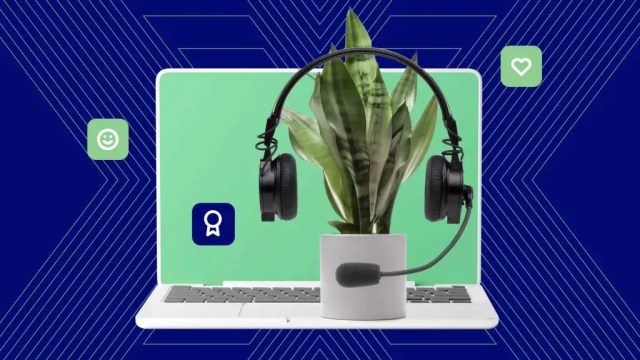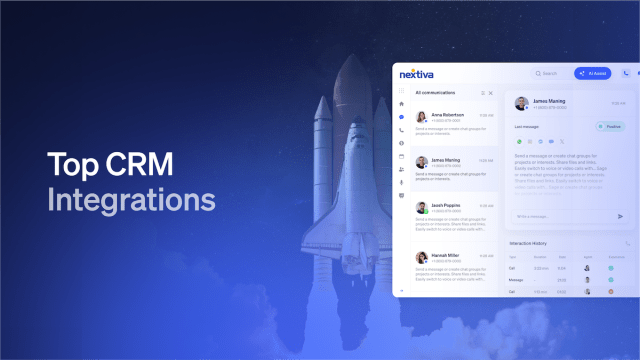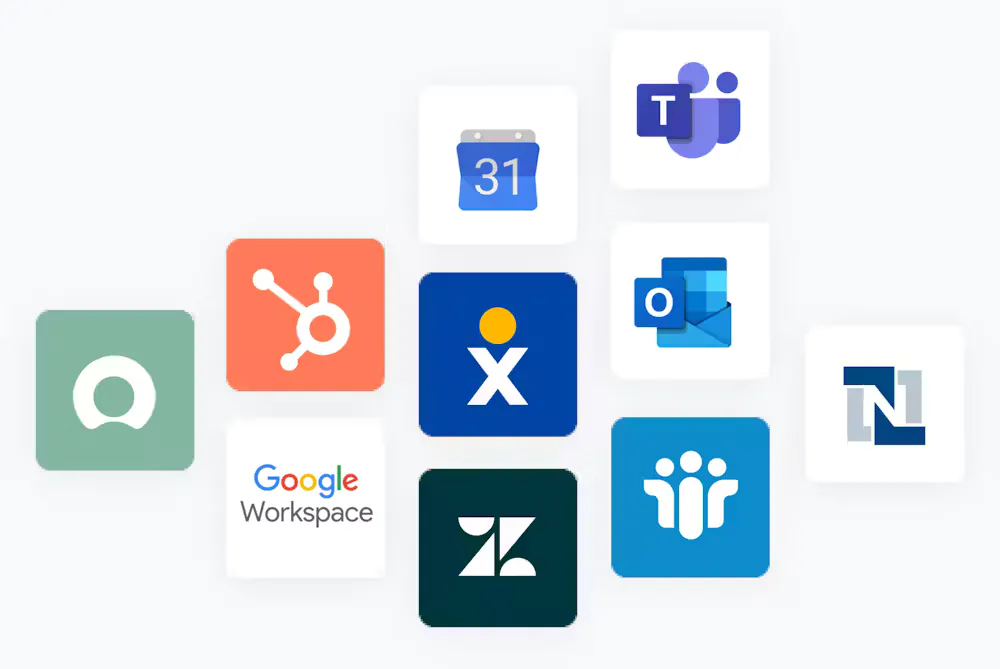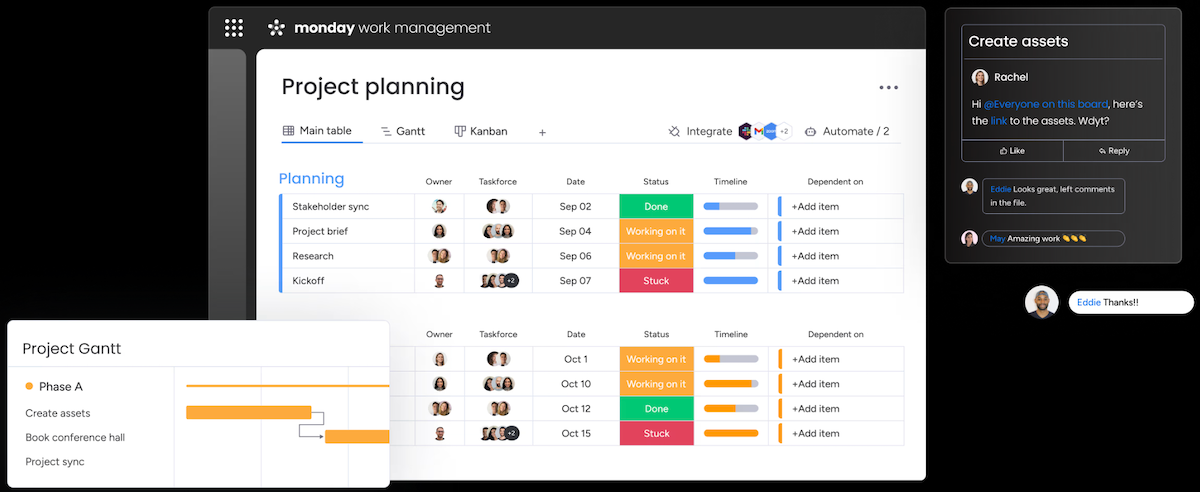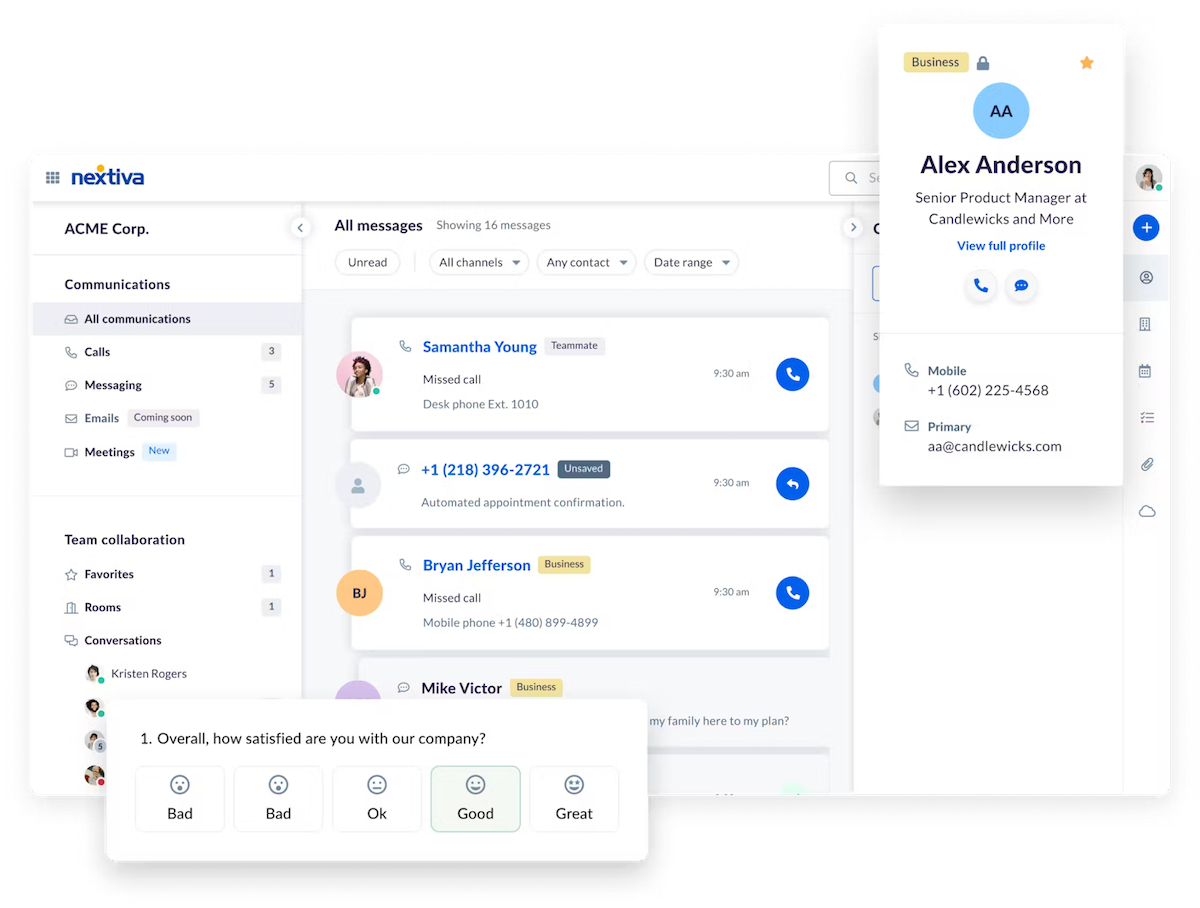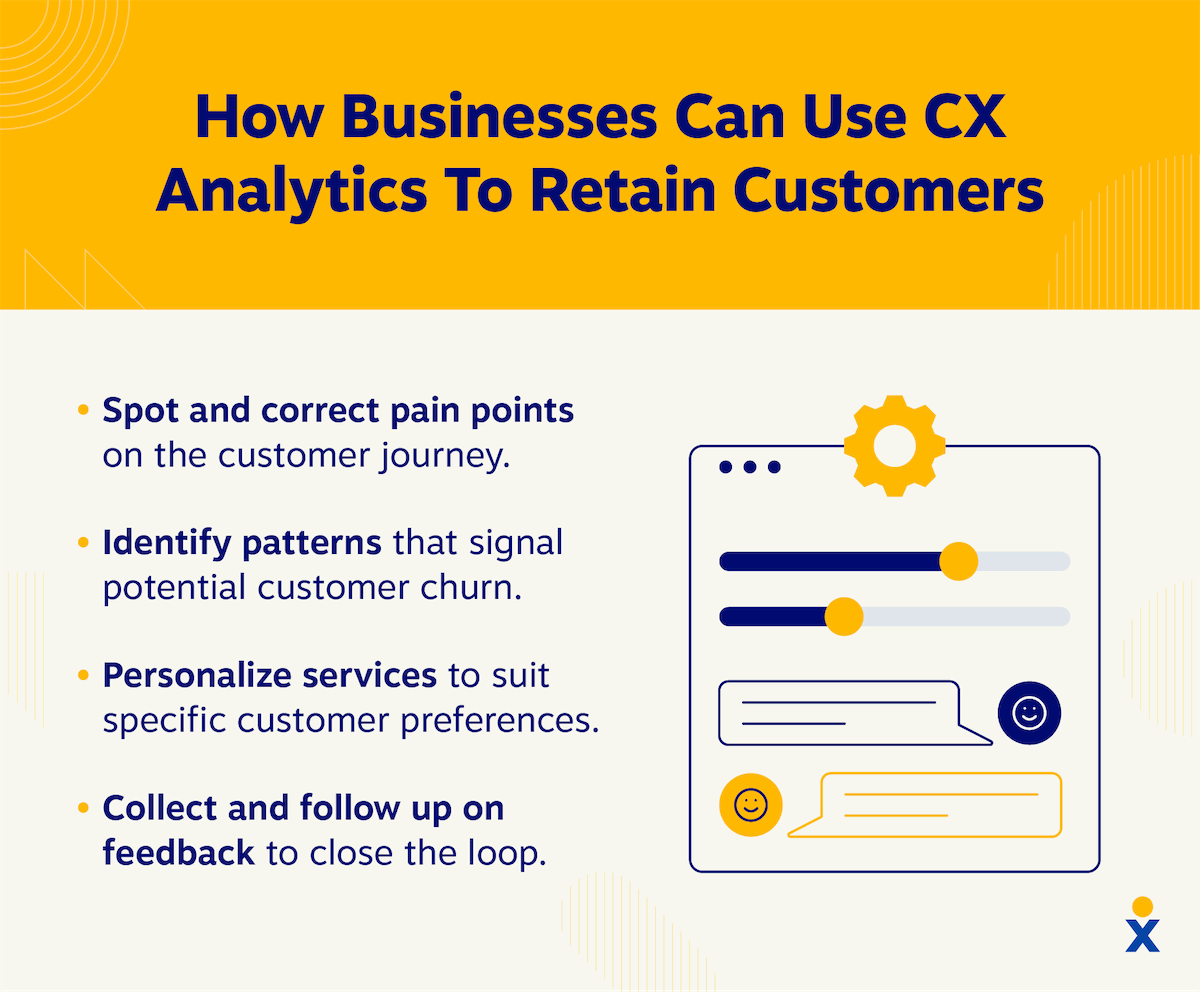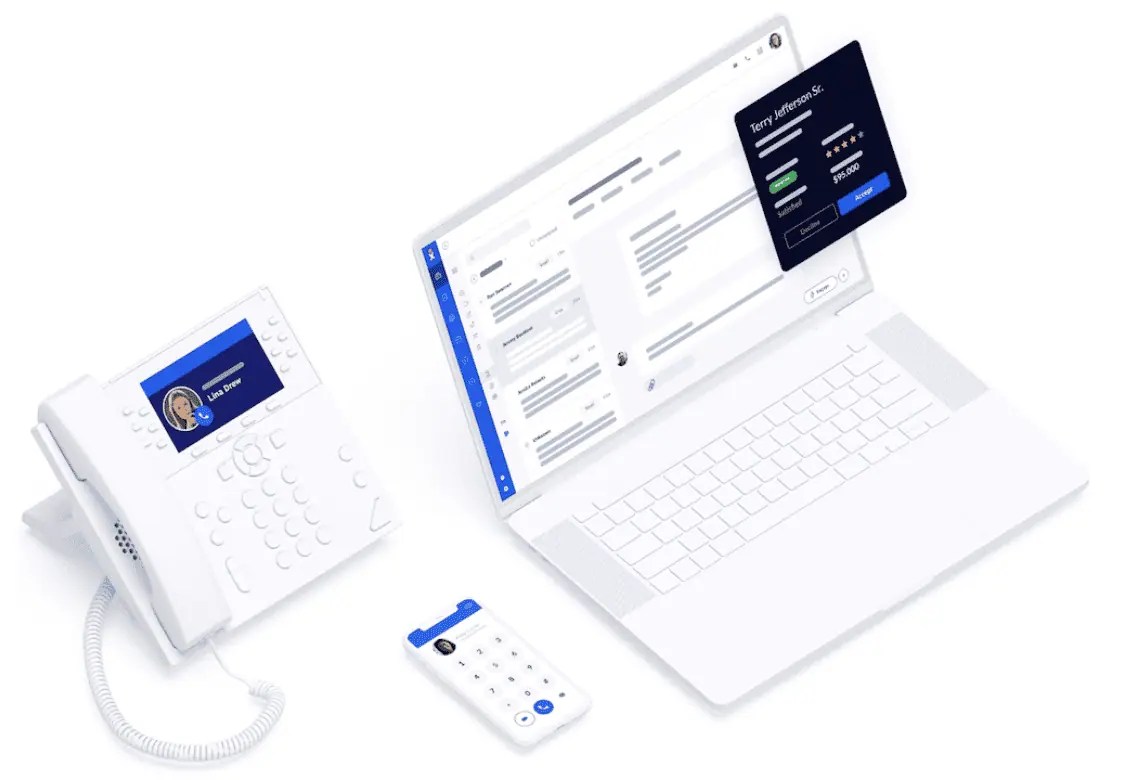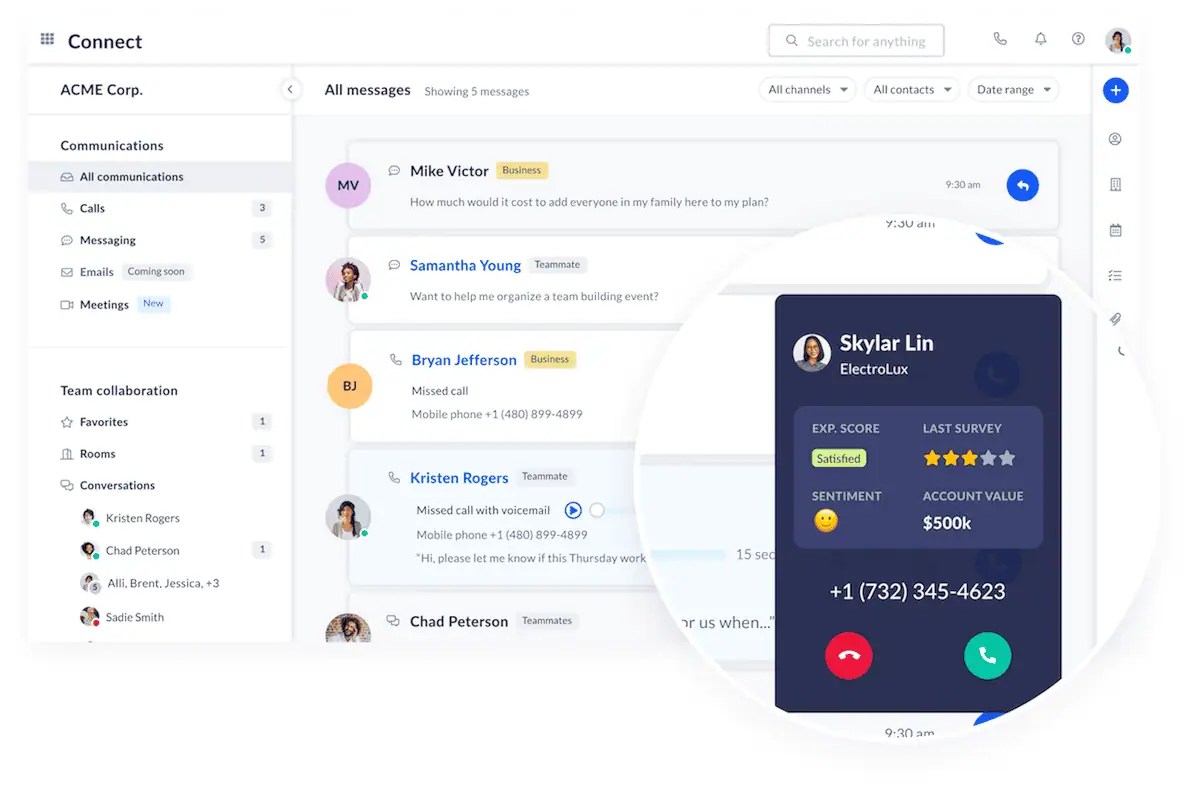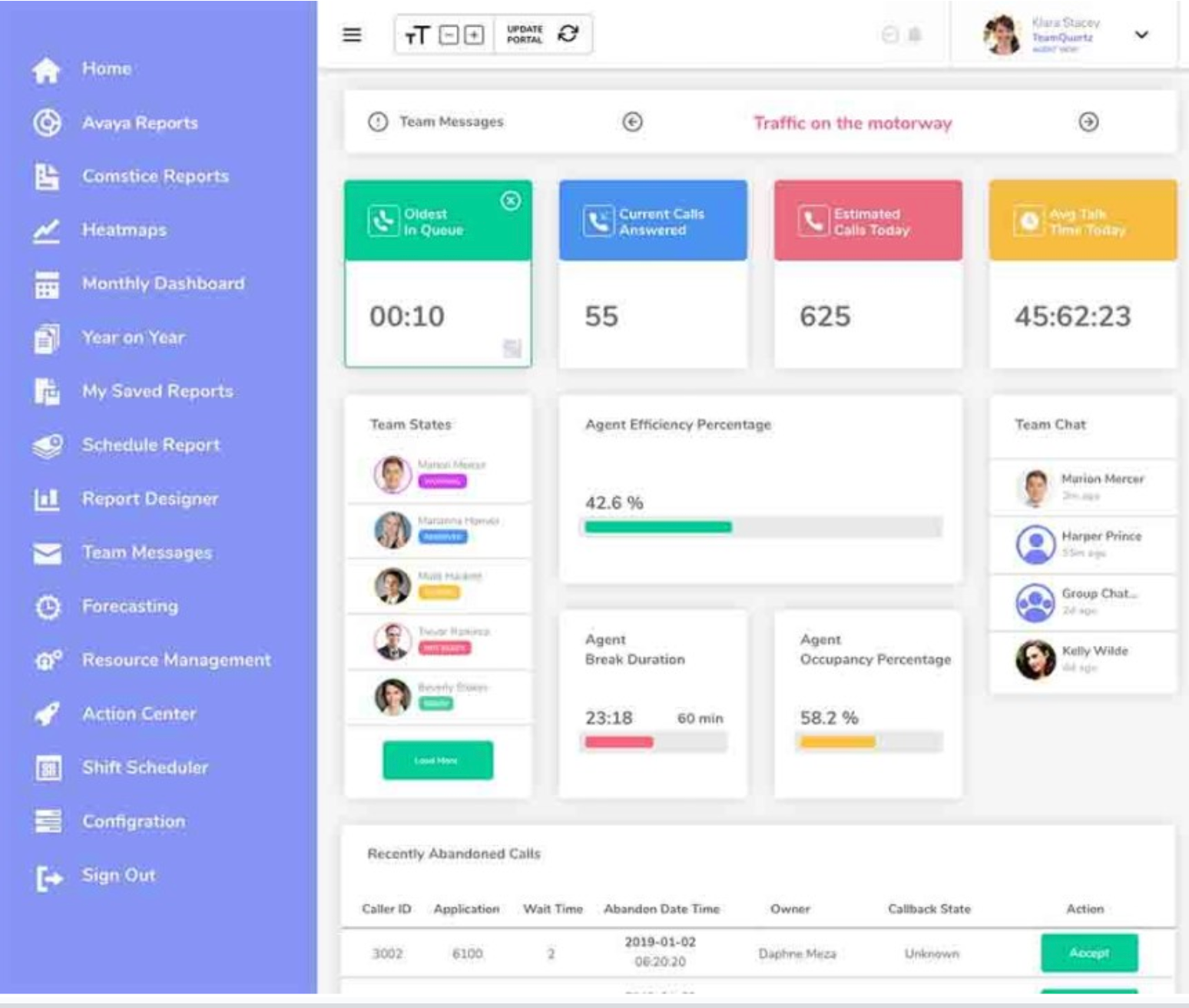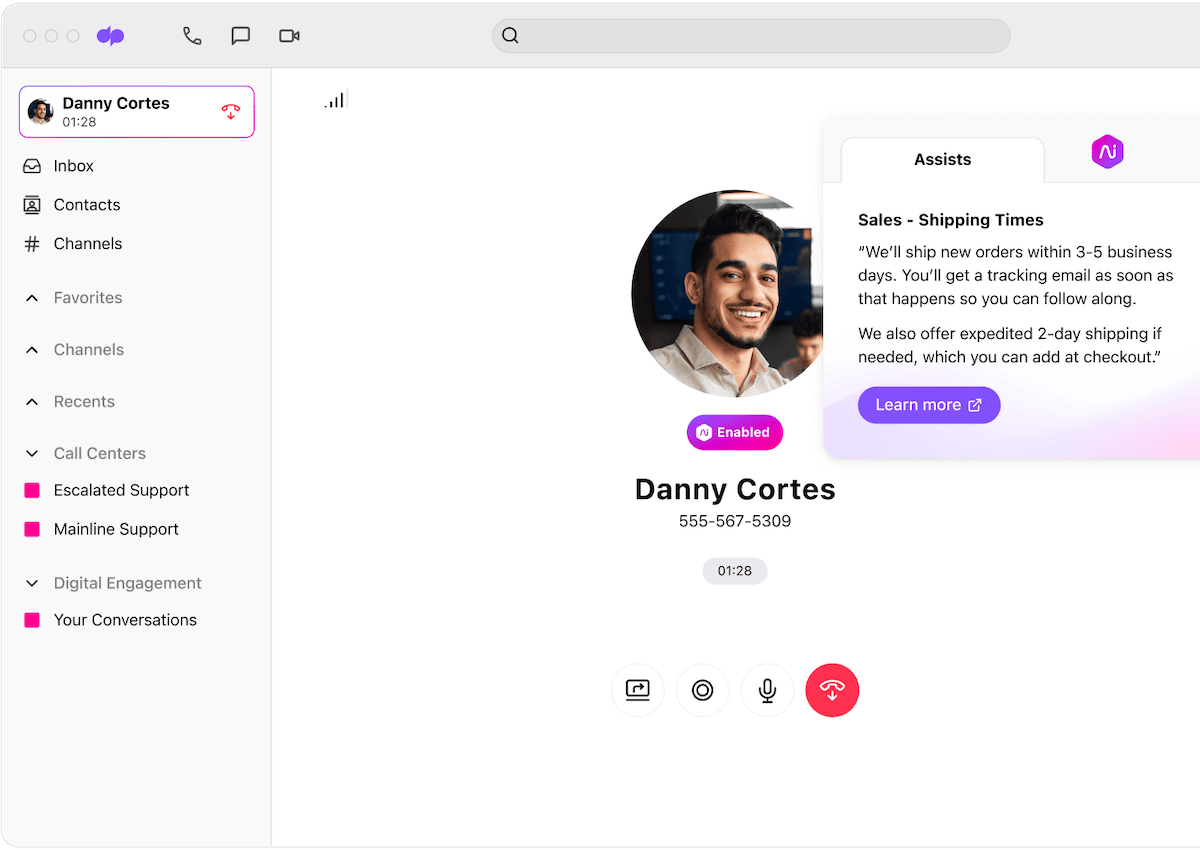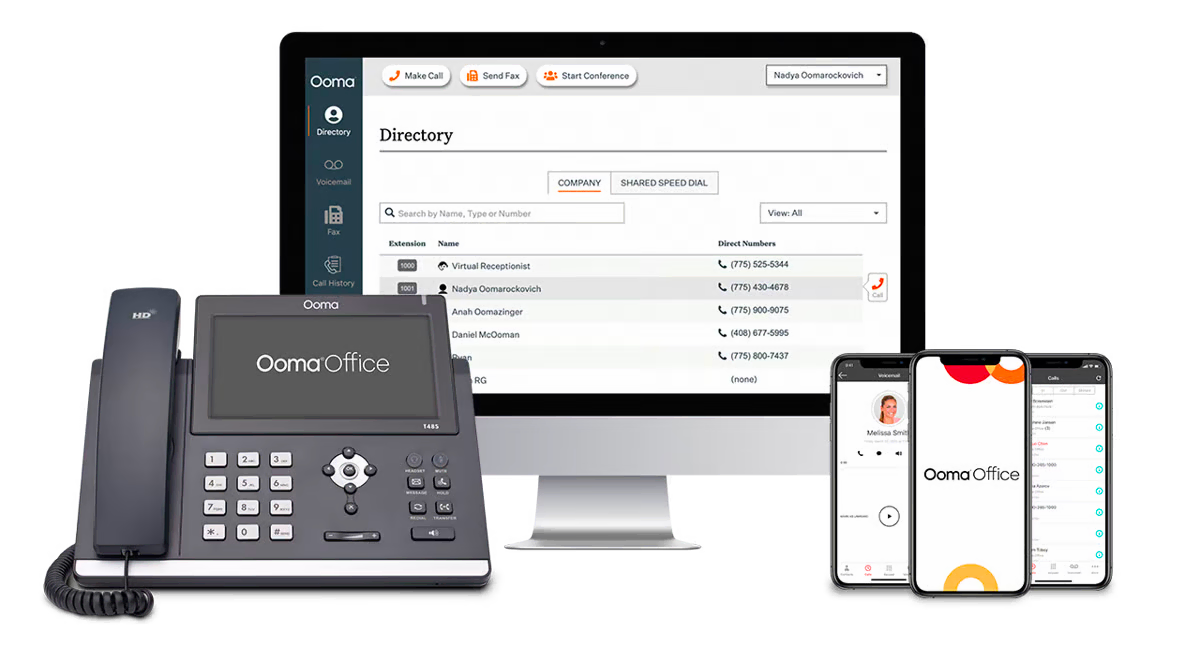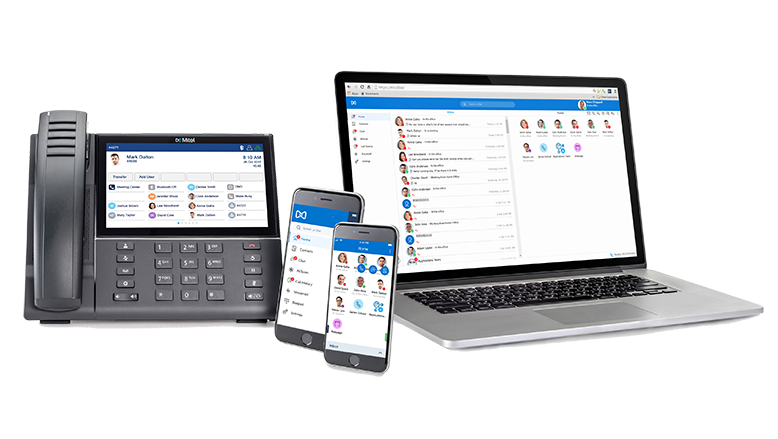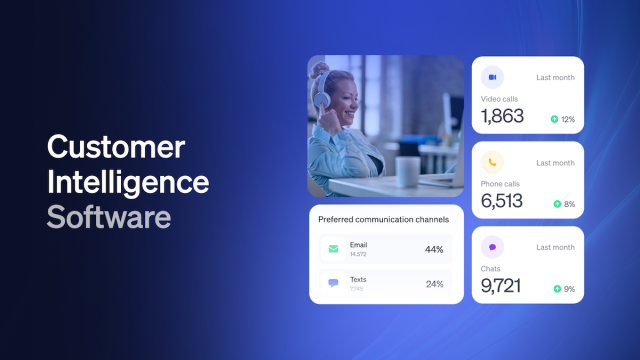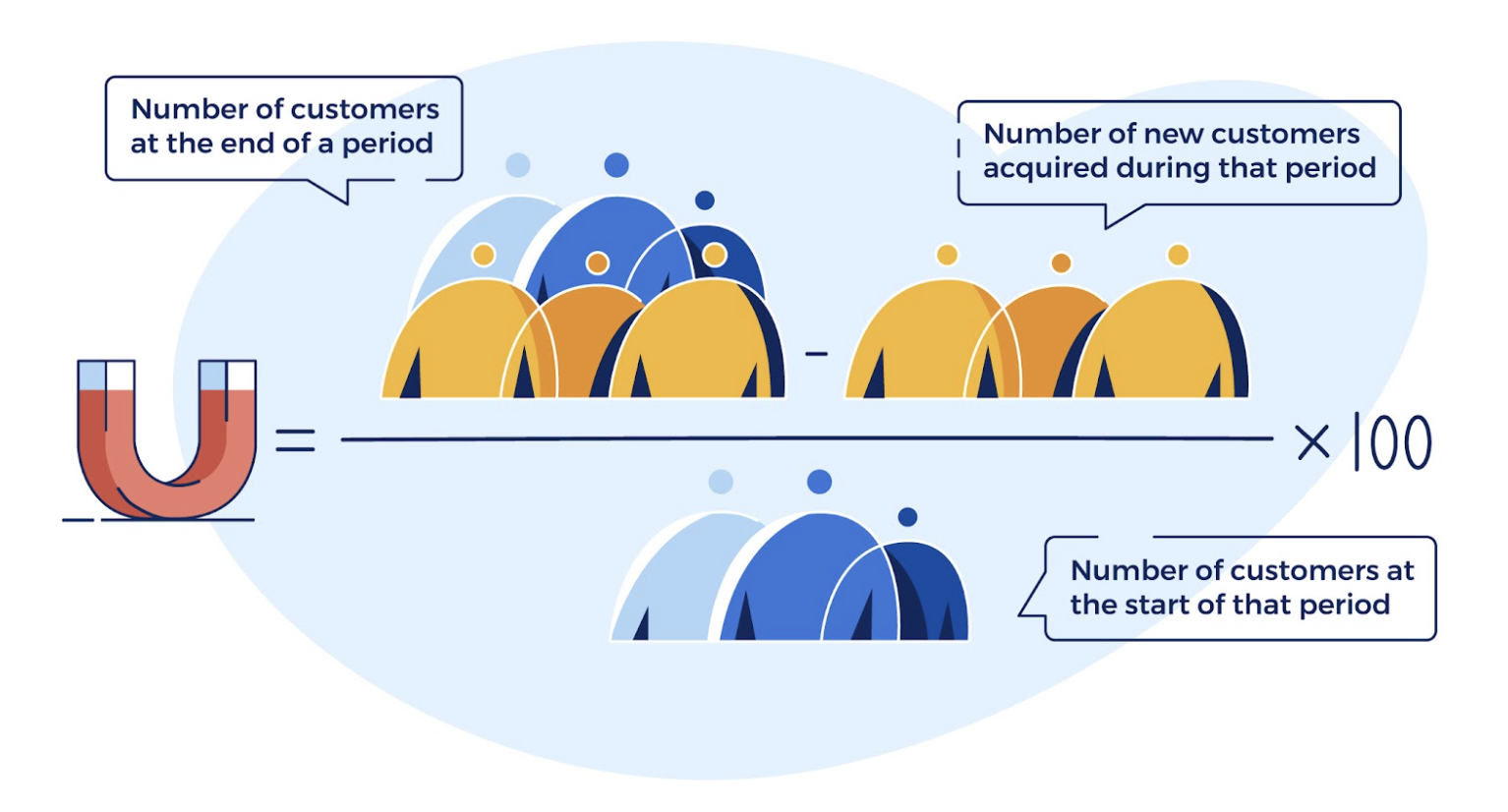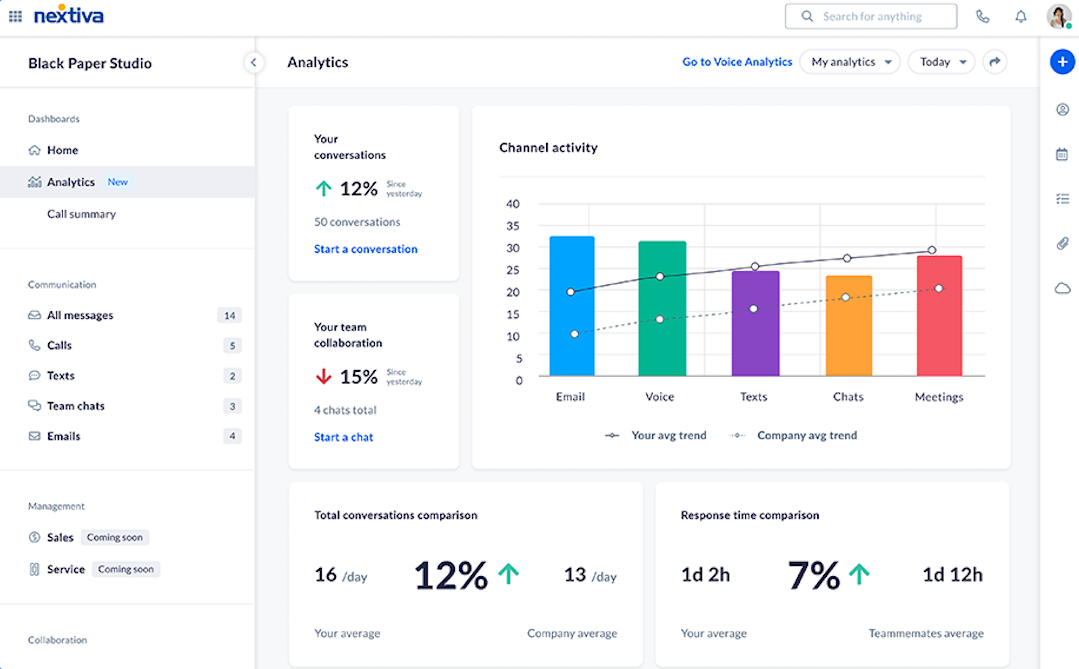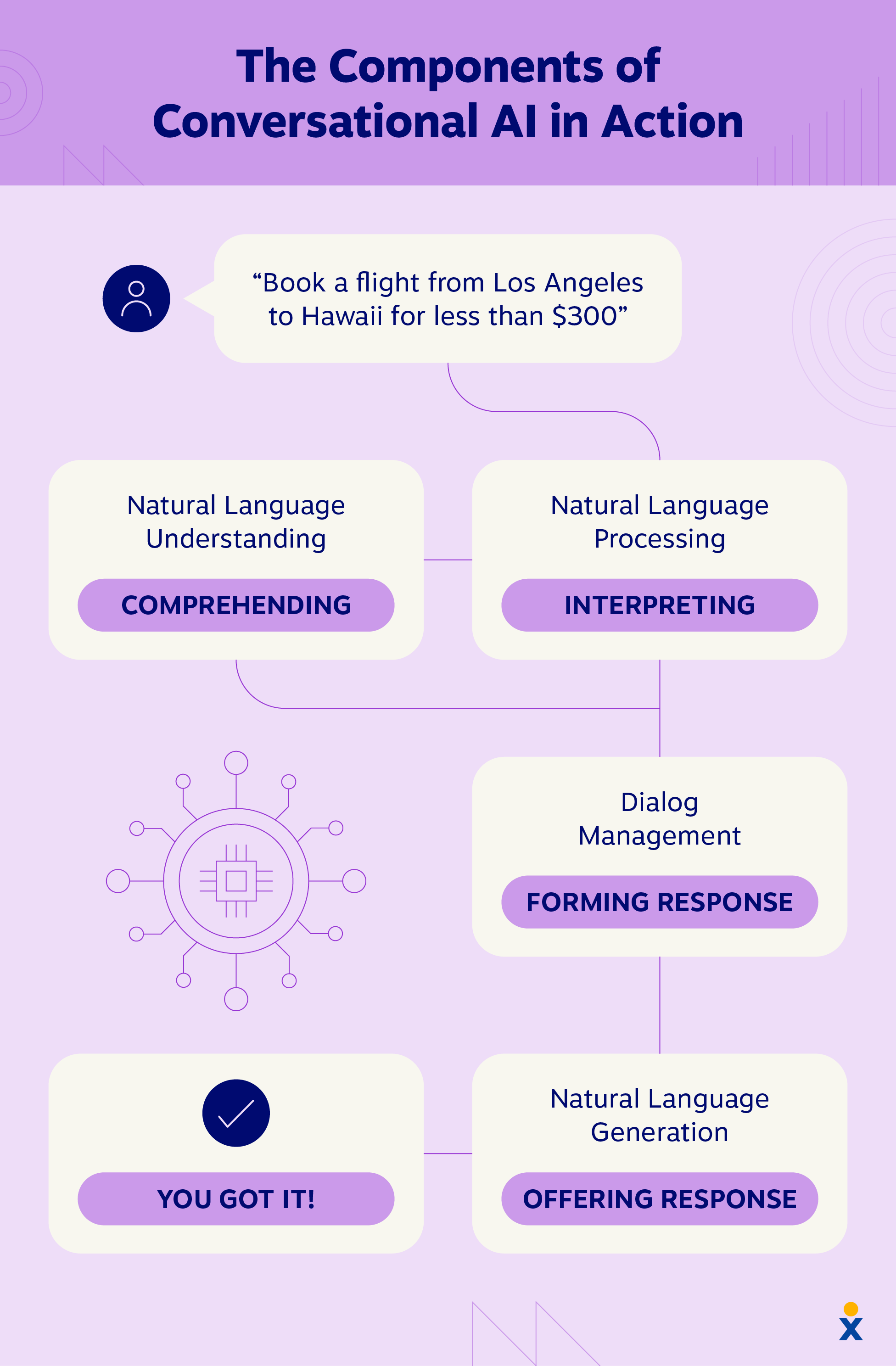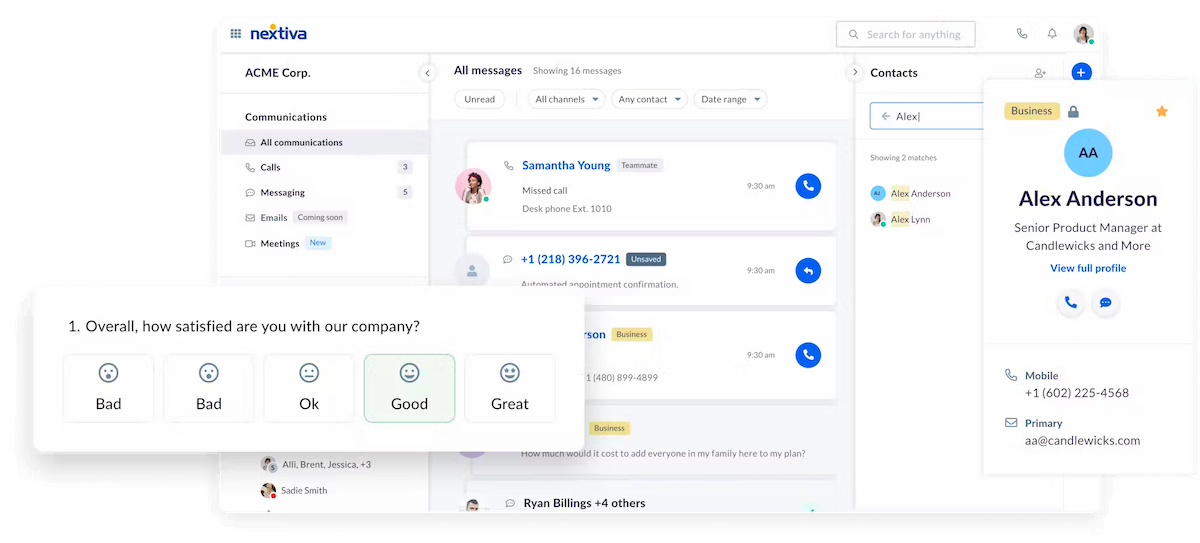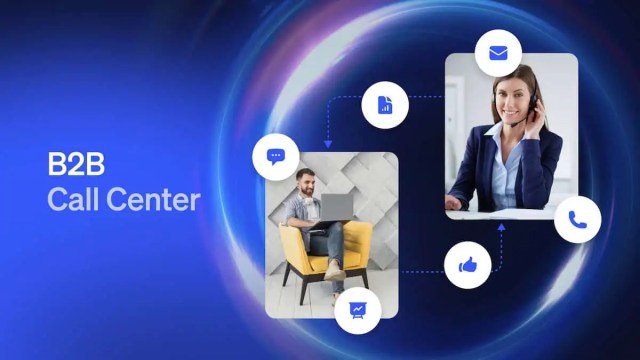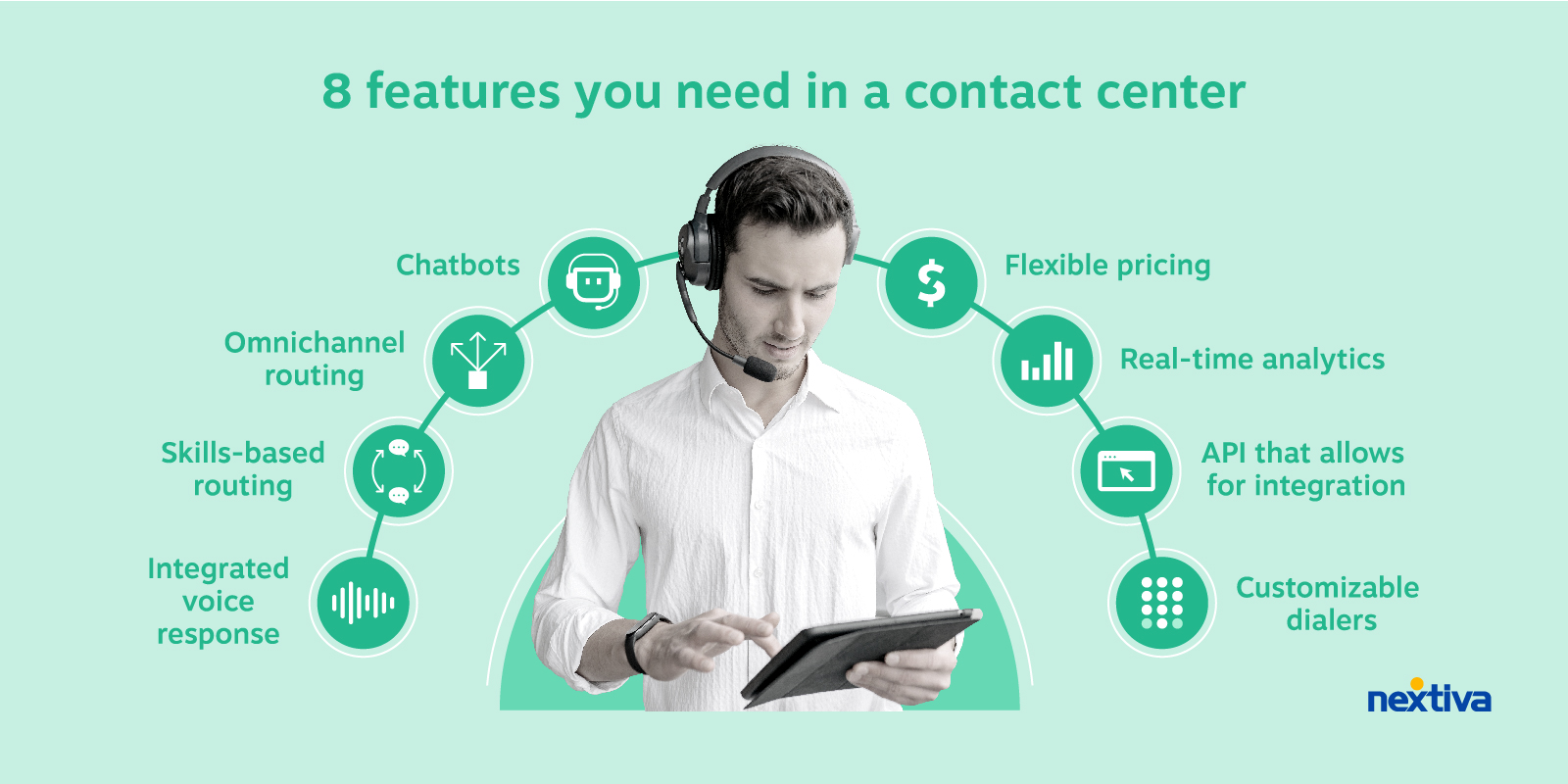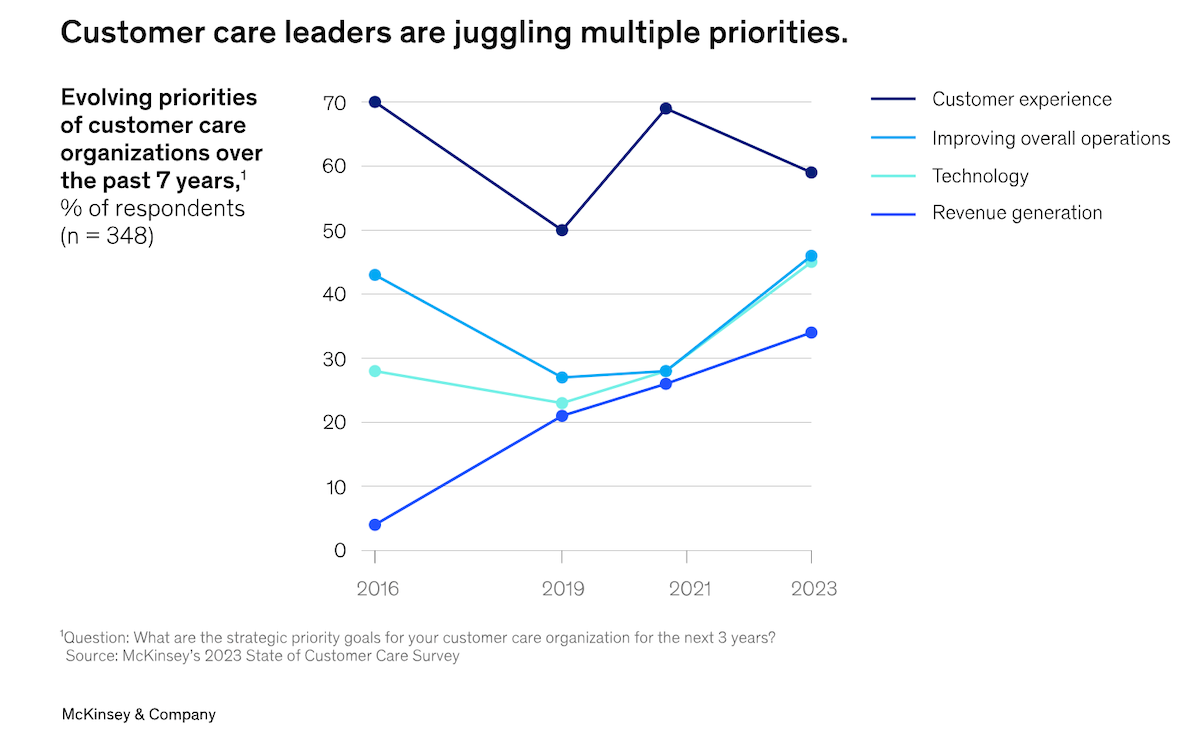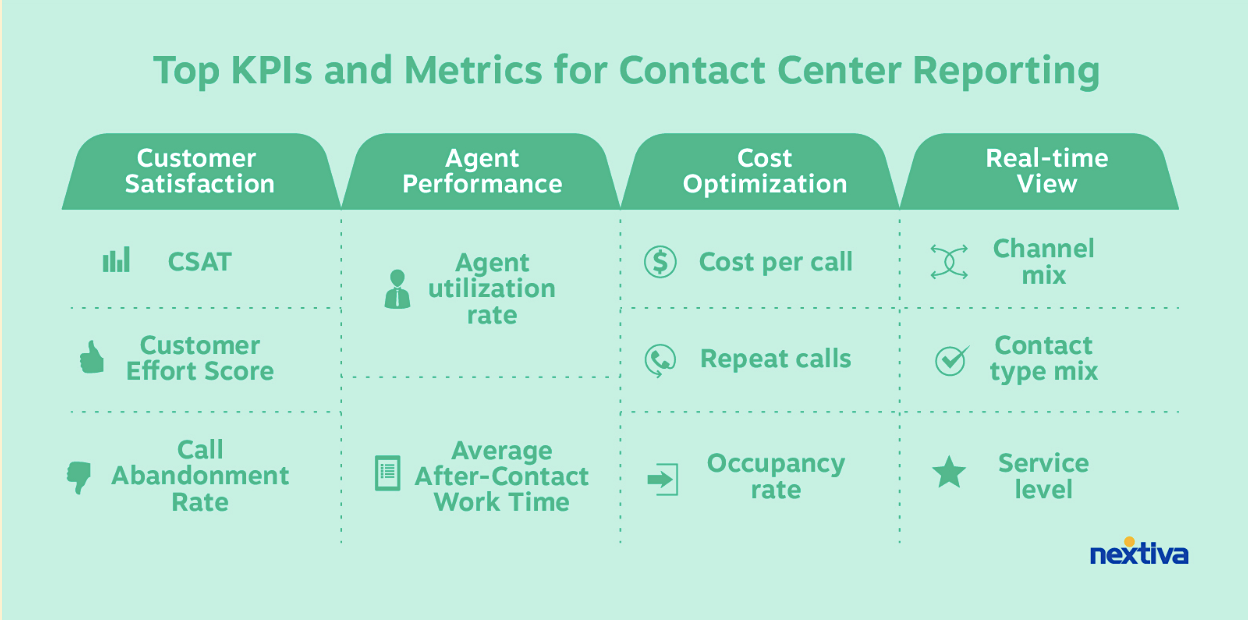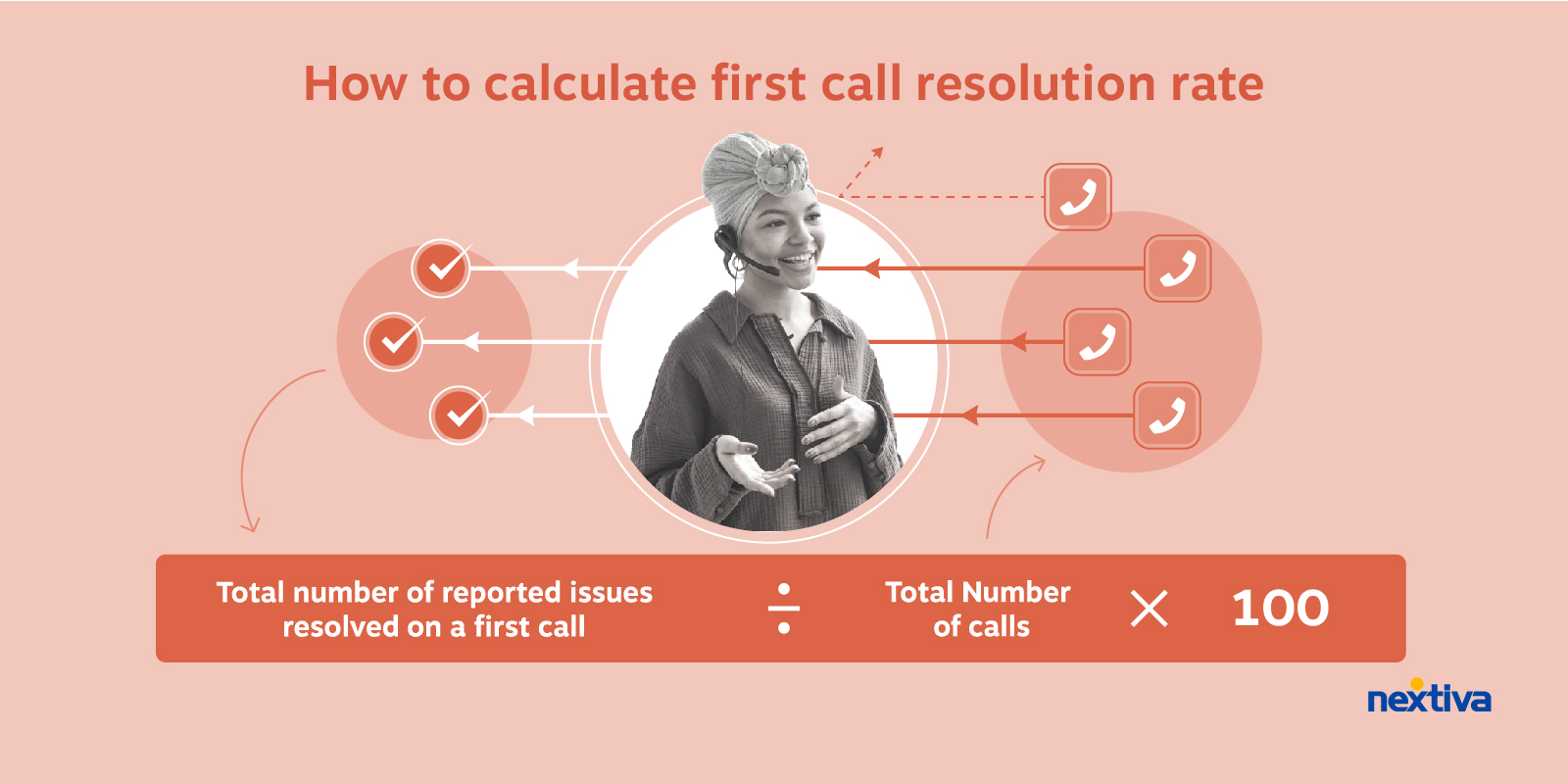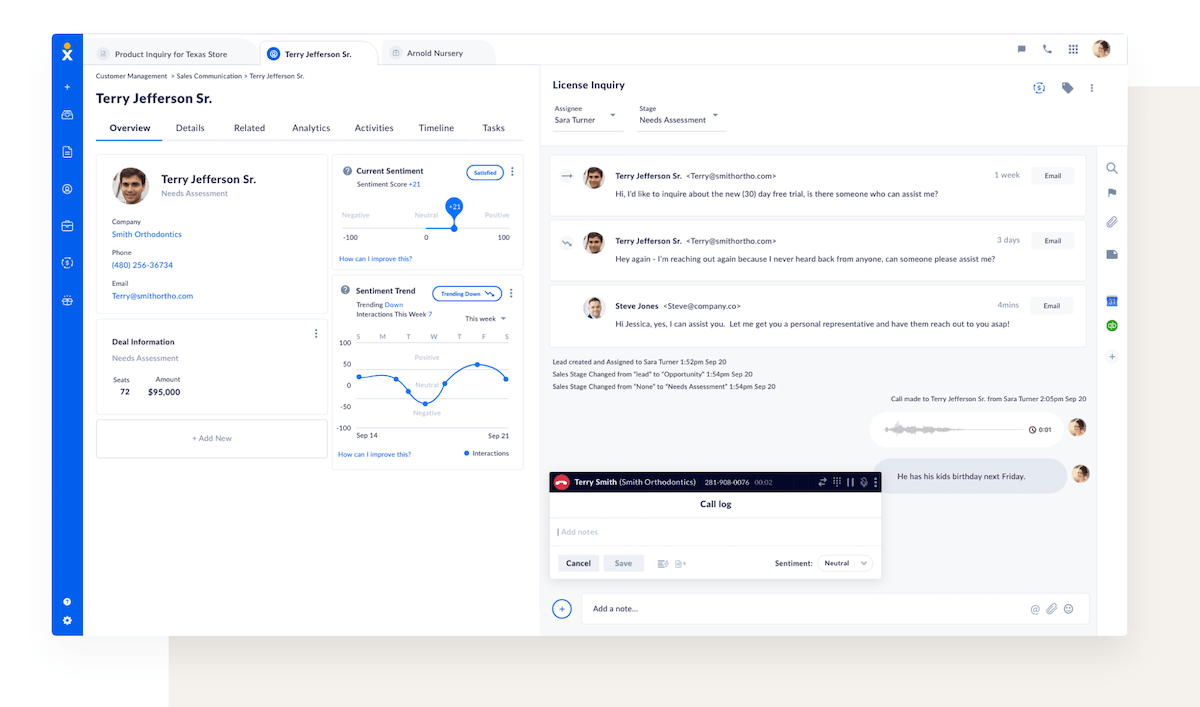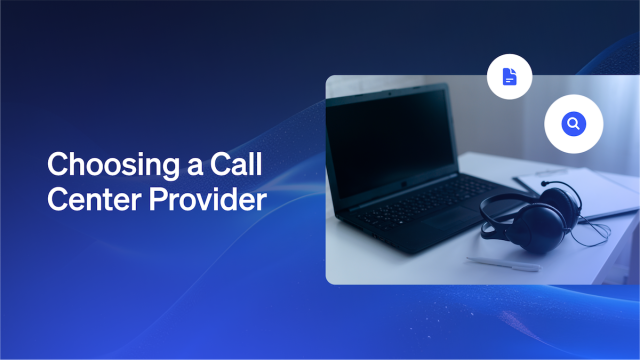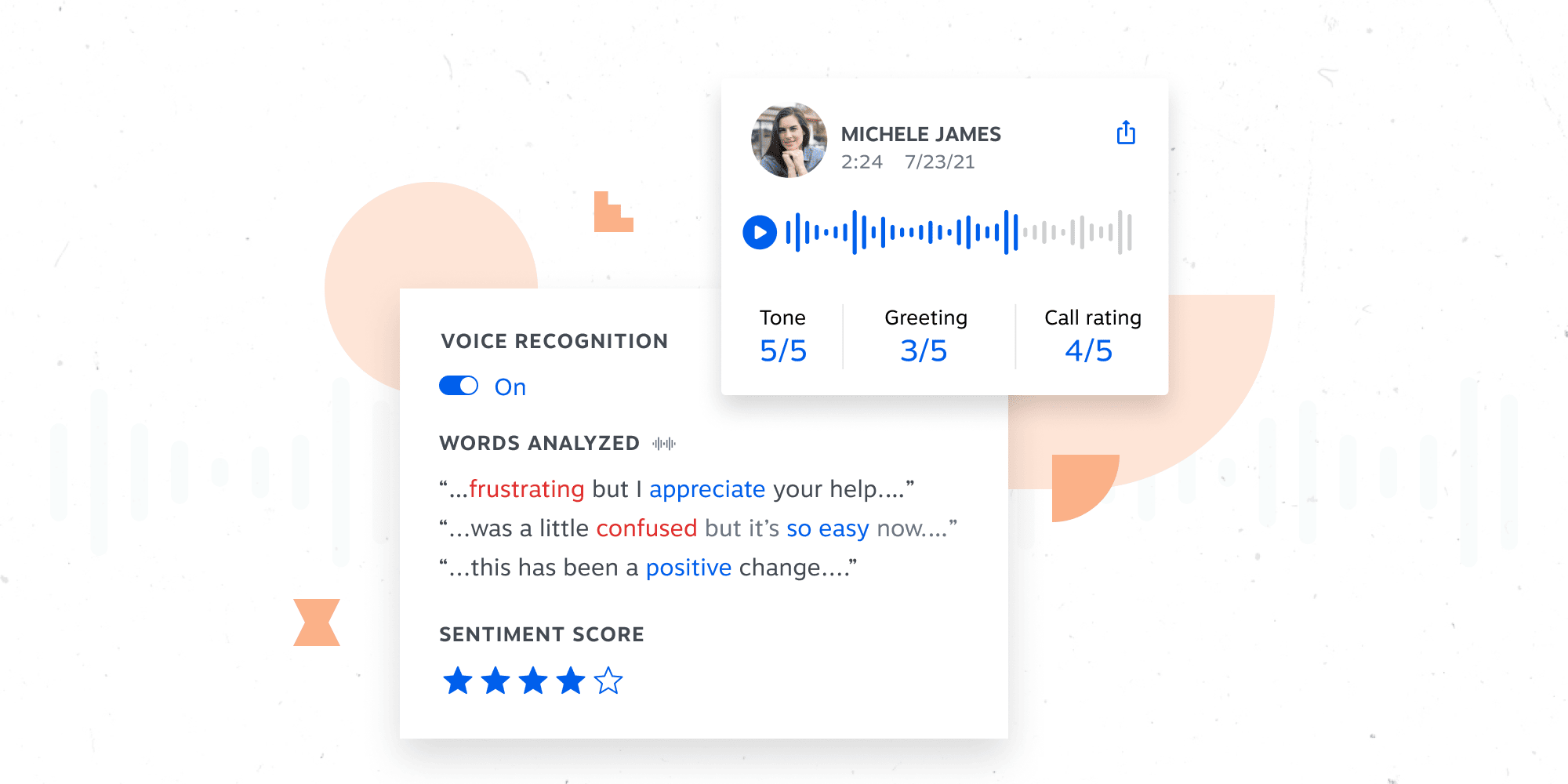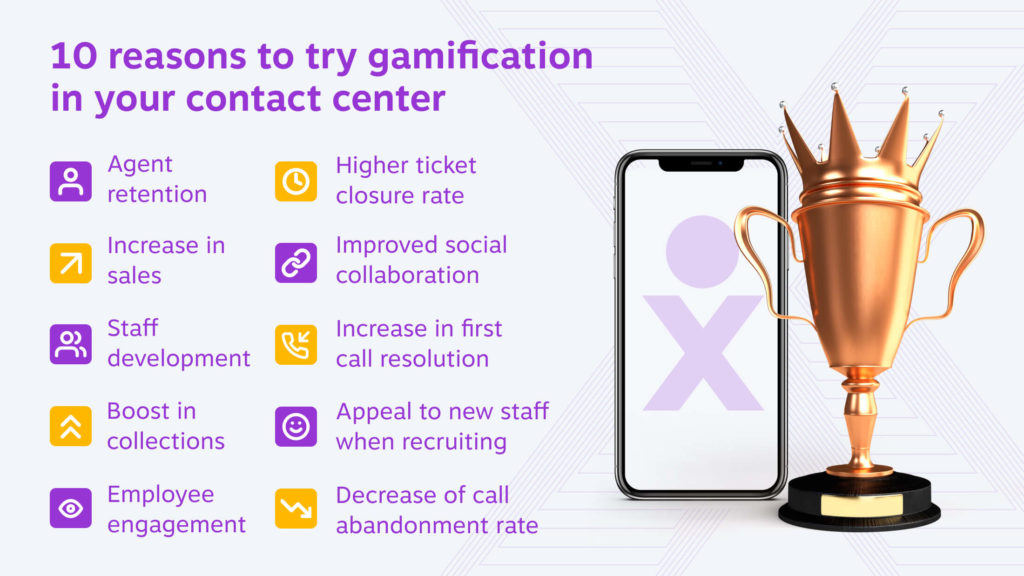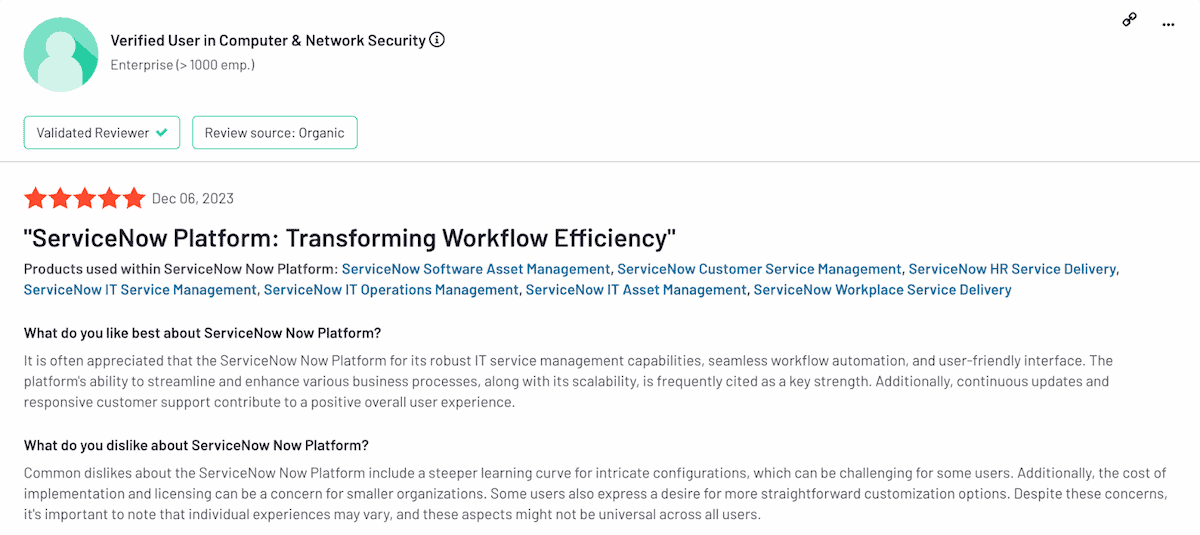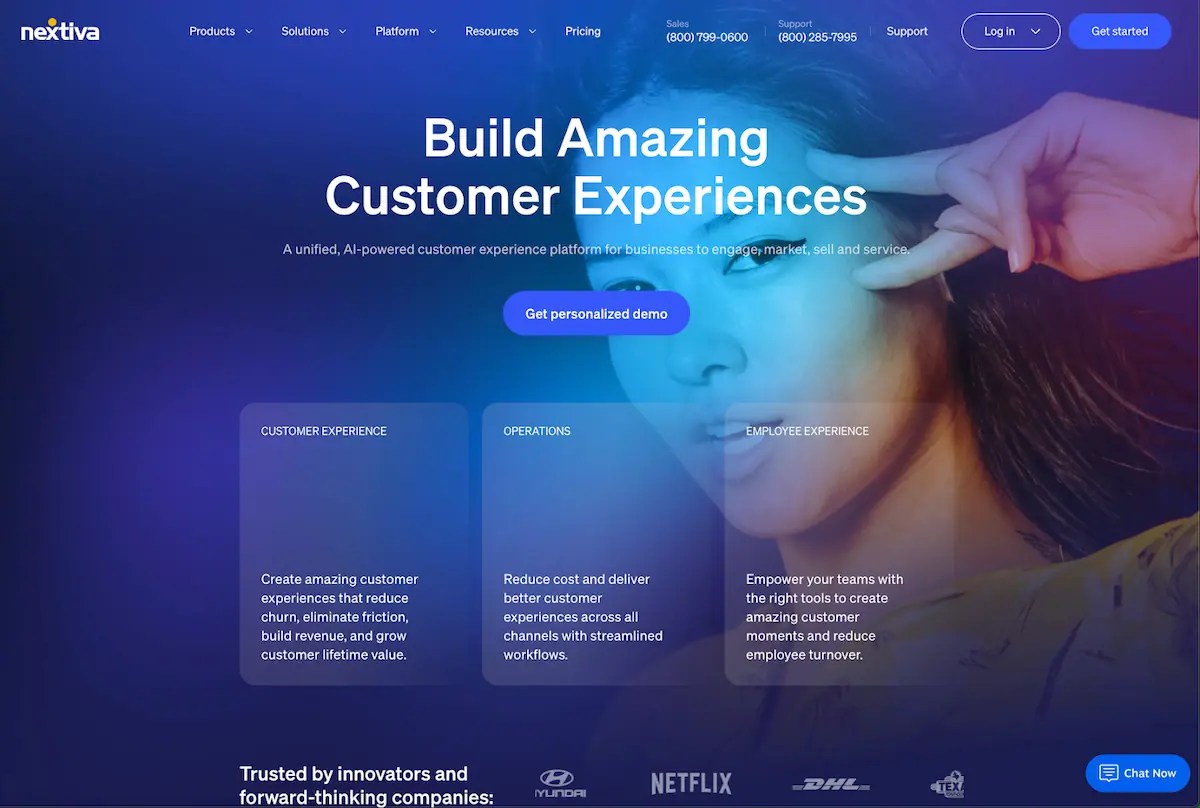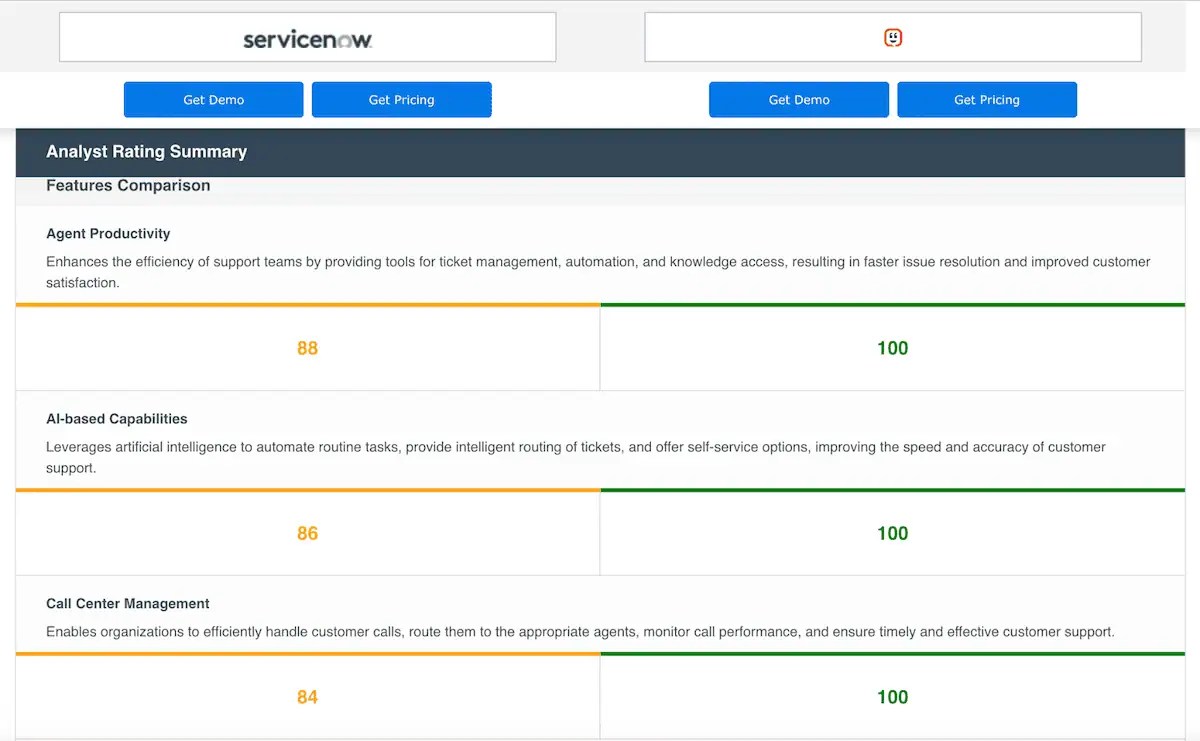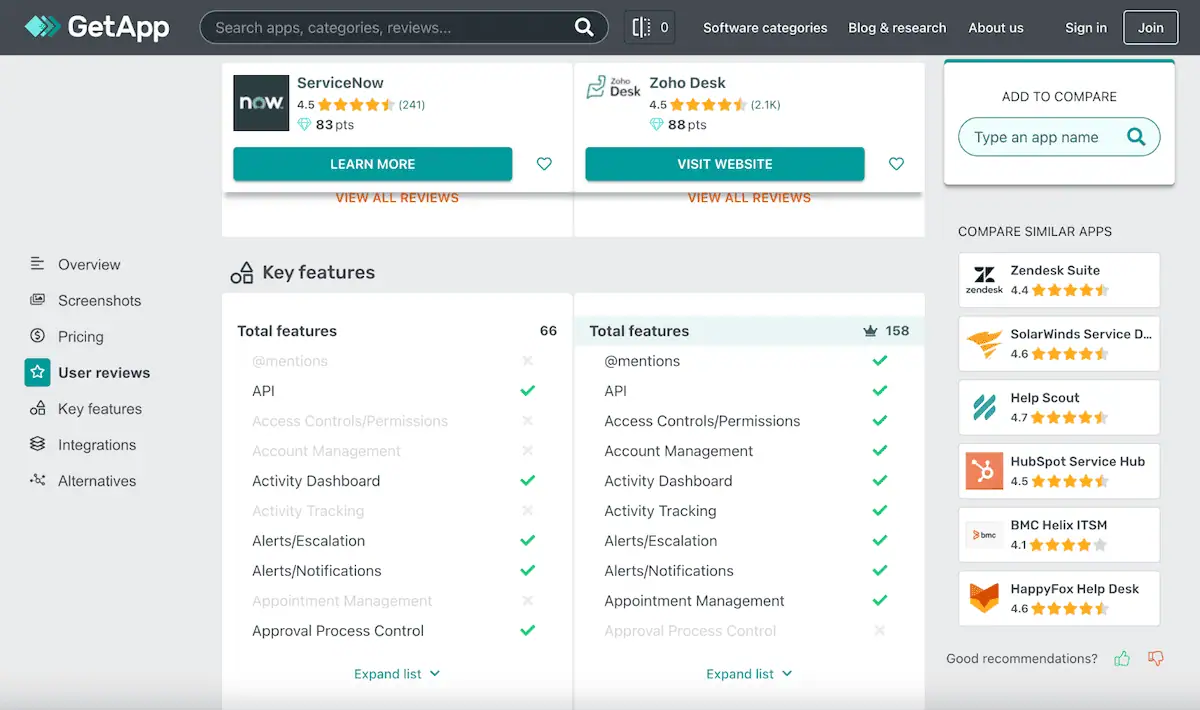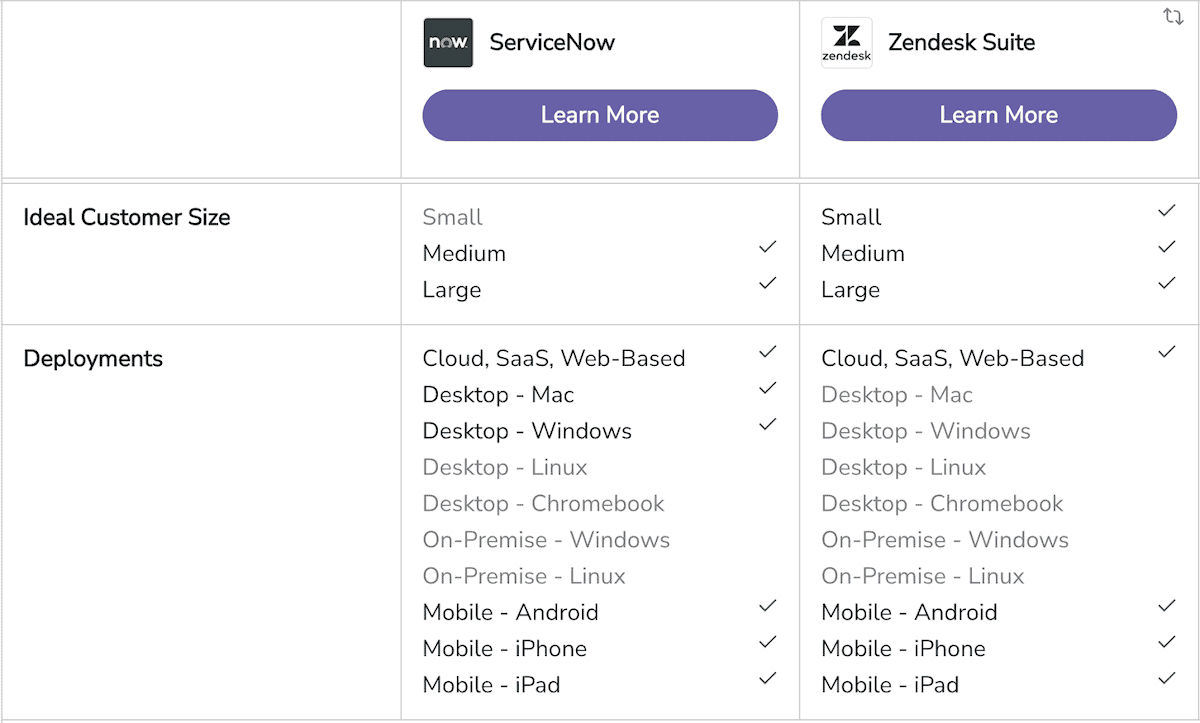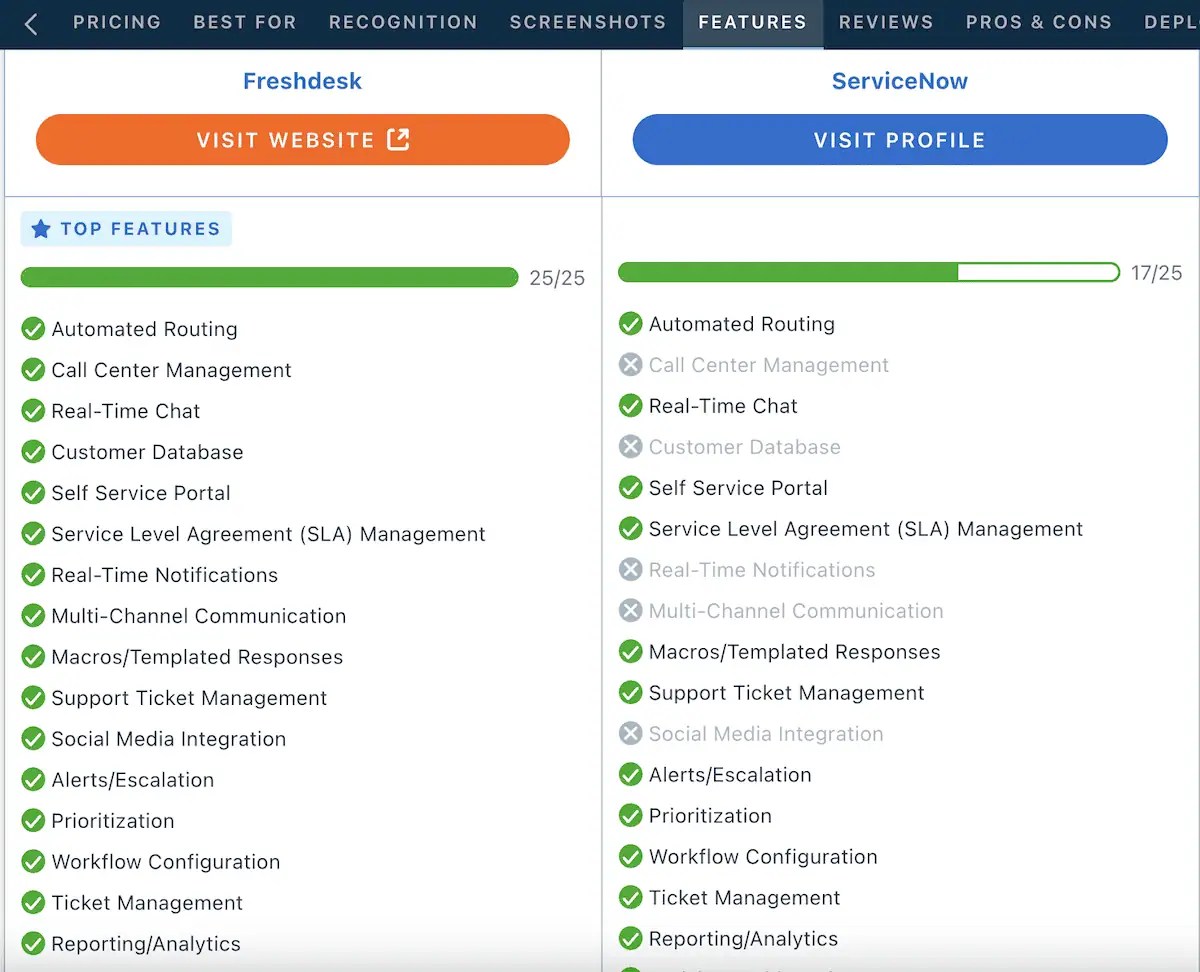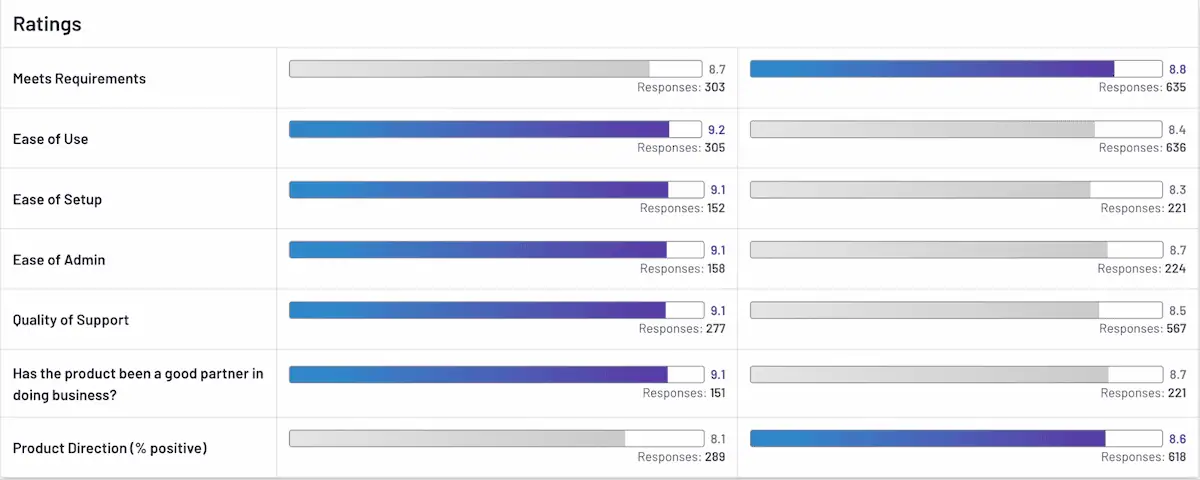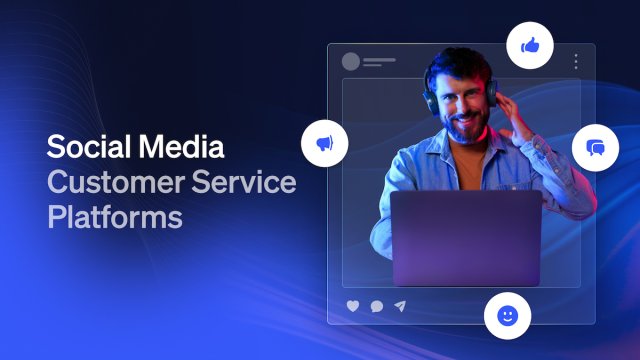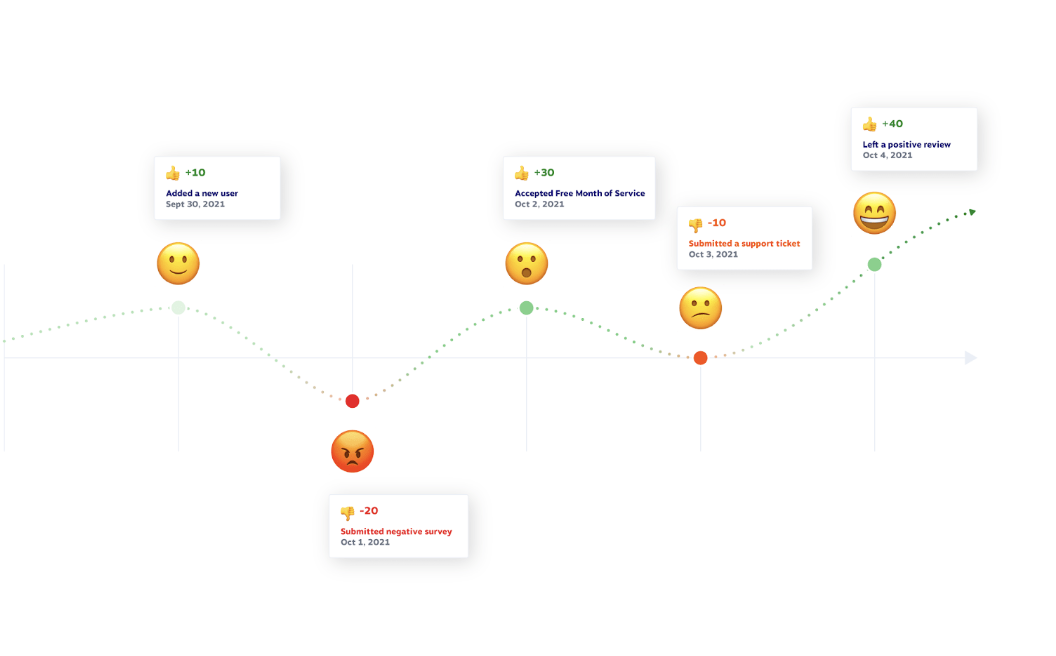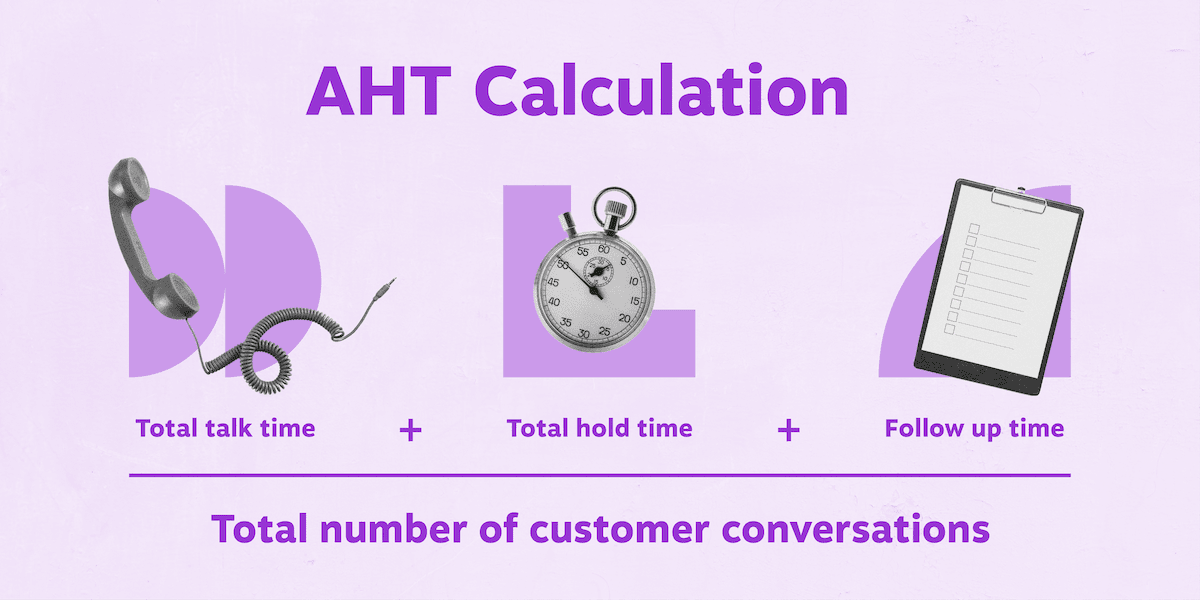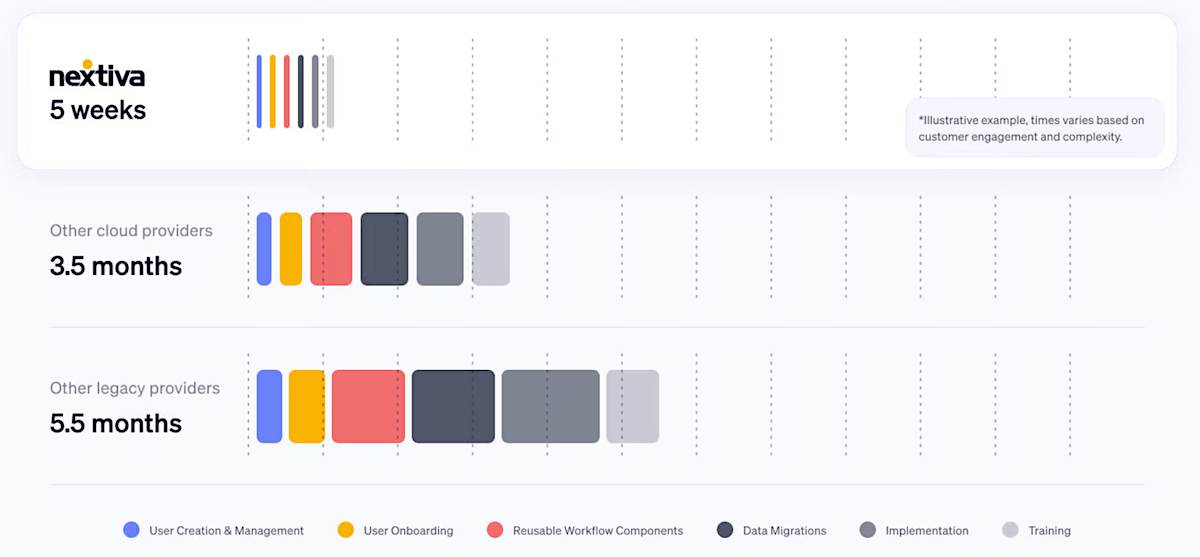Exceptional customer service isn’t just a nice-to-have; it’s the lifeblood of customer success and the engine that drives business growth.
Yet, far too many customers walk away feeling unheard, unappreciated, and lost in the shuffle. This disconnect isn’t due to a lack of caring but often stems from the absence of a clear, well-defined customer service strategy.
The good news? A staggering 91% of customers will return when their needs are met and exceeded. This guide will walk you through the key elements of a customer service strategy and equip you with actionable steps to build one that sets you apart from the competition and wins lifelong customer loyalty.
What Is a Customer Service Strategy?
A customer service strategy is a comprehensive plan that outlines how a business interacts with its customers, resolves issues, and provides support throughout the customer journey. It’s your playbook for turning customer interactions into positive experiences, including the processes, methods, and technologies that ensure customer satisfaction and loyalty.
This practical roadmap aligns your team’s actions with your customers’ needs and expectations, ensuring consistency, building trust, and driving customer loyalty and growth.
Importance & Benefits of a Customer Service Strategy
Acquiring a new customer can be expensive, up to five times pricier than retaining an existing one. This is where a well-defined customer support strategy pays off.
Boost customer loyalty & retention
Consistently exceeding customer expectations improves customer retention while creating loyal, repeat buyers. Consumers are 5.1 times more likely to recommend a brand after an excellent customer service experience and 3.5 times more likely to purchase from a business after a positive customer experience.
Investing in a great customer service strategy is basically investing in your bottom line.
Stand out from the competition
In a crowded market where products and services often blend together, exceptional customer service can be your brand’s unique selling point. It’s the key factor that influences customers to choose you over similar competitors.
When was the last time you picked a company solely based on their product? Most likely, their helpful and attentive service played a role in your decision.
Build a strong brand reputation
Thanks to social media and online reviews, word-of-mouth about your customer service spreads like wildfire. A well-crafted customer care strategy ensures that the buzz around your brand is positive. This effectively creates a team of brand ambassadors who advocate for your business without you having to pay them a dime.
Empower your team
Clear customer service strategies not only build external results but also internal success. When employees have clear guidelines and the freedom to help customers effectively, job satisfaction increases and turnover decreases. You get a more engaged team that provides better customer service throughout the customer journey.
Proactively solve problems
Think resolving issues before they even become problems. Customer service strategies let you do just that.
Rather than constantly reacting to complaints, you’ll anticipate needs and address potential issues proactively using customer service metrics and data-driven insights to constantly improve your customer service approach.
How To Build a Customer Service Strategy
What does an effective customer service plan entail? Let’s look at the key steps to create or refine a service strategy that wins hearts and drives results.
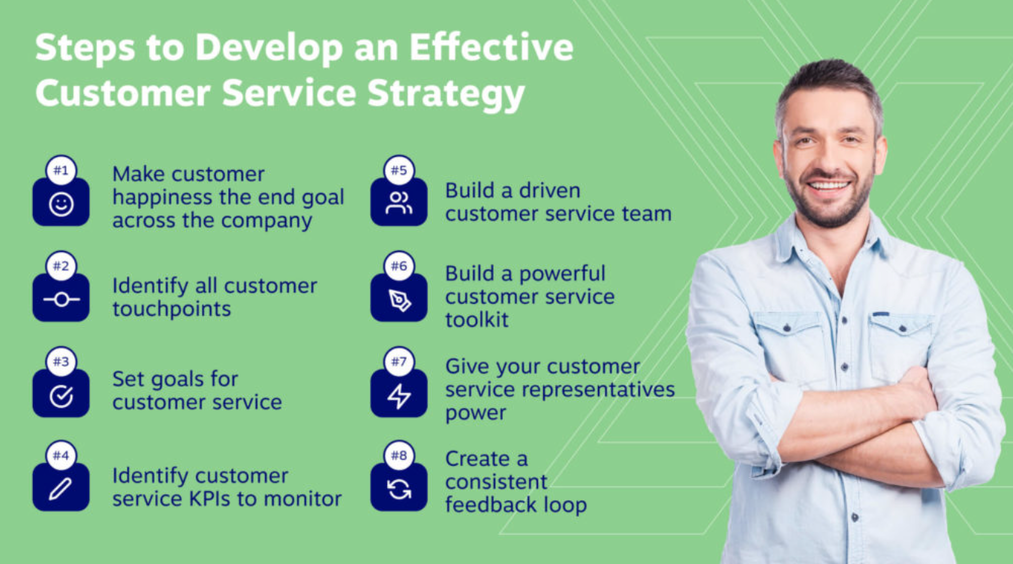
1. Understand your customers
To understand your customers, go beyond surface-level demographics. Dive into their motivations, pain points, and preferences. Segment your customer base based on their needs and behaviors. Are they first-time buyers or loyal customers? What channels do they prefer for communication? What are their most common questions or issues?
Understanding these nuances helps you tailor your service approach to each segment, providing a more personalized and effective experience. For instance, you might offer proactive support to high-value customers or create self-service resources for those who prefer to find solutions independently.
Next, map out all customer touchpoints — every point of contact customers have with your business, whether through your website, social media, or customer support channels.
Visualize these touchpoints by creating a detailed customer journey map, focusing on service interactions from the moment a customer seeks assistance to issue resolution. Also, gather information directly from your customers through feedback forms, interviews, follow-up calls, and social media monitoring.
Almost 64% of Twitter users would rather tweet about a brand than call them. Imagine a large chunk of your customers using Twitter to raise concerns, send direct messages, applaud, or complain about your brand. You wouldn’t want to miss out on such important conversations.
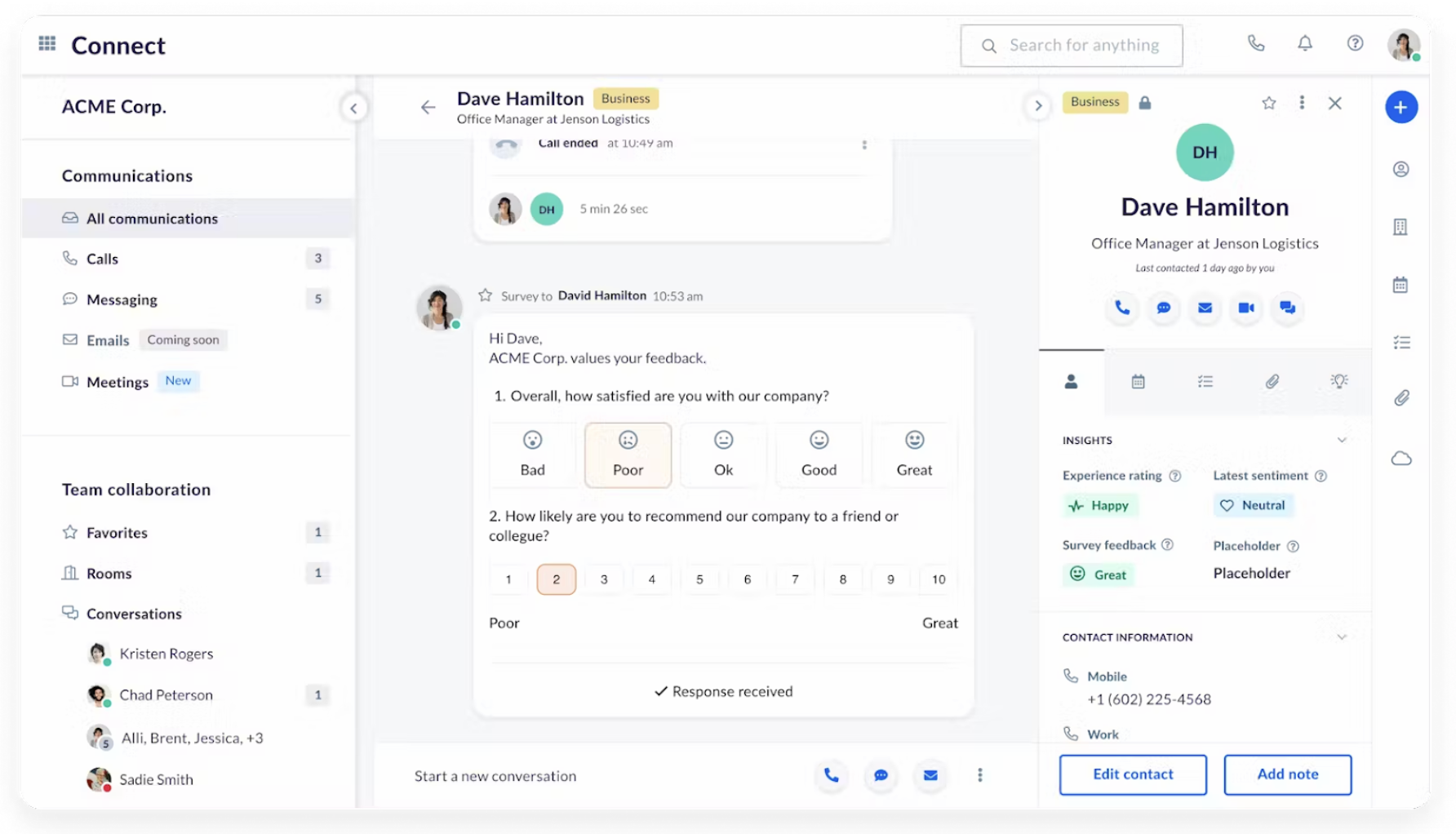
2. Set clear goals and objectives
While improving customer happiness is a universal goal, your customer service strategy should be more than just a feel-good initiative. It should directly contribute to your overall business objectives.
For example, if your company aims to increase revenue, your customer service goals might focus on upselling and cross-selling opportunities. If your goal is to reduce costs, you might prioritize self-service options and efficient issue resolution.
Aligning your customer service goals with your broader business objectives ensures that your service strategy not only delights customers but also drives tangible results for your company.
Having a clear customer service vision and setting customer service standards helps here. Your goals should be SMART goals: Specific, Measurable, Achievable, Relevant, and Time-bound. Focus on one area at a time, whether it’s improving response time, boosting customer satisfaction scores, or increasing your Net Promoter Score (NPS).
Select key performance indicators (KPIs) and customer service metrics to track and benchmark your progress. Track calling metrics like missed calls, answered calls, and abandonment rate to see how your team handles customer calls.
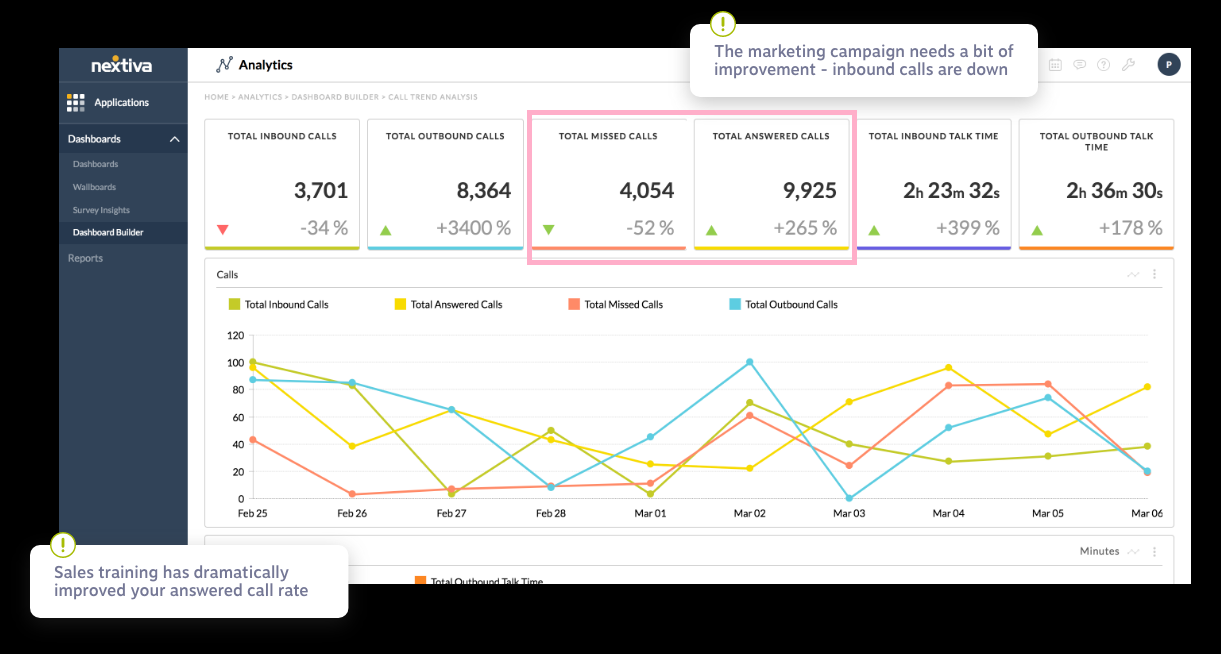
Also, look at customer satisfaction metrics. Some customer service KPIs you’ll want to choose from include:
- Customer satisfaction score (CSAT): Measures customer satisfaction across all touchpoints, typically through a post-interaction survey where customers rate their experience on a scale. A customer satisfaction survey provides valuable feedback on how well you meet customer expectations and identifies room for improvement.
- Net promoter score (NPS): Measures customer loyalty and the likelihood that your customers will recommend you to friends and family on a scale of 0 to 10. It’s a good metric to analyze customer sentiment and see the impact of referrals.
- Customer effort score (CES): Another scale-based service metric that measures how much effort was put into using your product or service or how easy it was for customers to resolve an issue with your service reps.
Analyze these metrics together with broader business metrics for a comprehensive view of your performance.
For example, set a goal to achieve a 90% service level by the end of the third quarter or aim to increase customer reviews by 25% within the year. These concrete objectives give your customer support team direction and let you measure customer service performance over time.
3. Build a customer-centric culture
Good customer service goes beyond processes; it requires an equally great customer-centric culture. This means making customer satisfaction a shared goal, not just the responsibility of your customer support agents.
Encourage all departments to prioritize the customer, even those without direct customer interaction. This helps break down silos and aligns everyone toward a common goal: exceeding customer expectations.

Empowering your customer service representatives is crucial. Give them the autonomy to make decisions, whether it’s offering refunds, discounts, or exceptions to policies when appropriate. This customer service approach demonstrates trust in your team and often leads to better outcomes for both customers and your business.
Open communication is equally important. Share customer feedback across departments and celebrate successes when your team goes the extra mile. Prioritizing customer satisfaction as a company-wide mission, you’ll cultivate lasting loyalty and drive business growth.
4. Unify your communication channels
Customers expect to reach out through their preferred channels. You need to develop a strong omnichannel approach, whether it’s via phone, email, live chat, or social media, to ensure a seamless customer experience across all platforms.
Consider implementing a unified communication platform to streamline customer interactions. Your team can manage all channels from one dashboard, improving response times and reducing confusion.
Also, offering self-service options, like a well-designed chatbot or knowledge base, empowers customers to find quick answers to common questions, freeing up your team for more complex customer issues.
Social media is a crucial part of customer service. Many customers turn to platforms like Twitter, Facebook, Instagram, and LinkedIn to raise concerns or ask questions.
Actively monitoring and responding to these interactions can turn potential negatives into positives. Remember, every customer engagement is a chance to show your dedication to customer satisfaction.
5. Invest in your frontline staff
Your customer service agents are the face of your company, dealing with customer concerns daily. Investing in their training and development is only essential.
Look for both technical skills and soft skills like empathy, adaptability, and a positive attitude when building your customer service team. These qualities can transform a standard interaction into a memorable one.
Ongoing training is vital to keep your support team sharp. Regular workshops on customer service best practices, product updates, and company policies ensure they’re prepared for any situation. Emphasize skills like conflict resolution and problem-solving, which are essential in handling challenging customer interactions.

Create a culture of continuous learning. Regularly share customer feedback, both positive and negative, as learning opportunities. Consider a mentoring program pairing experienced team members with newer ones.
Investing in your team not only improves customer service but also cultivates a more engaged and loyal workforce.
6. Use the right CX technology
The right technology is a powerful ally in customer service. Customer service software streamlines processes, enhances efficiency, and enables more personalized customer interactions.
Build a robust customer service toolkit. This could include a Voice over Internet Protocol (VoIP) or Unified Communications as a Service (UCaaS) platform to manage all communication channels. Integrating this with a Customer Relationship Management (CRM) system provides a comprehensive view of each customer.
Consider using artificial intelligence and machine learning too. AI-powered chatbots can handle initial inquiries, while predictive analytics can help anticipate customer needs and prevent problems.
Automation improves efficiency and customer satisfaction. Without going overboard, simply automate repetitive tasks and workflows like answering FAQs, providing order status updates, or routing inquiries to free up your team to focus on more complex issues that require a human touch.
Also, provide 24/7 support, ensuring your customers always have access to assistance, even outside of business hours.
You don’t necessarily need to juggle multiple platforms for this tech. Use digital customer experience (CX) tools specifically designed to heighten customer satisfaction and drive positive experiences home.

Technology complements the human touch, empowering your team to deliver great customer service.
7. Measure and improve your performance
Exceptional customer service isn’t a one-time achievement. The final component of your customer service strategy should be dedicated to continuous enhancement.
Consistently review your key performance indicators and customer service goals. Are you on track to meet your objectives? If not, identify the obstacles and adjust your strategies accordingly.
If you’re meeting your existing goals, consider raising the bar and setting more ambitious targets. Use a data-driven approach to pinpoint areas for improvement and refine your strategies.
Don’t operate in a vacuum. Stay informed about industry trends, best practices, and emerging technologies in the customer service field. Look at what your competitors are doing and identify opportunities to innovate.

Remember: The best customer service strategies are adaptable. Continuously assessing your performance, gathering feedback, and embracing new ideas improve customer service, impress and delight customers, and drive your business forward.
Successful Customer Service Strategy Examples
Real-world examples demonstrate how effective customer service strategies translate into tangible business success. The following three companies, each in vastly different industries, highlight prioritizing customer service.
1. Amazon
The e-commerce giant is renowned for its customer-centric approach, offering hassle-free returns, fast shipping, and 24/7 customer support. This relentless focus on customer satisfaction has propelled Amazon to become a global retail leader.
Jeff Bezos, Amazon’s founder, famously said, “We see our customers as invited guests to a party, and we are the hosts. It’s our job every day to make every important aspect of the customer experience a little bit better.” This philosophy permeates the company, driving decisions from product development to logistics.
Top example
One-click ordering: This seemingly simple feature transformed online shopping by eliminating friction and making it incredibly easy for customers to purchase items with a single click. The focus on convenience and efficiency has been a cornerstone of Amazon’s success.
Amazon also constantly pushes the boundaries of innovation to anticipate and meet customer needs. From the Kindle e-reader to the Echo smart speaker and the vast array of services offered through Amazon Web Services (AWS), the company continuously expands its offerings to enhance the customer experience.

2. Ritz-Carlton
Synonymous with luxury and impeccable service, Ritz-Carlton sets the gold standard for hospitality.
The company’s motto, “We are Ladies and Gentlemen serving Ladies and Gentlemen,” underscores its commitment to empowering employees to provide exceptional customer service experience. Each staff member is authorized to spend up to $2,000 per guest to resolve issues or create memorable moments, creating a culture of autonomy and proactive problem-solving.
Ritz-Carlton employees are trained to anticipate guest needs before they are even voiced. This might involve remembering a guest’s favorite drink, proactively offering assistance with luggage, or arranging special surprises for birthdays and anniversaries.
Top example
The “Wow” Story Database: Ritz-Carlton employees are encouraged to document exceptional service moments in a company-wide database. These stories are shared and celebrated, reinforcing the brand’s commitment to exceeding expectations and inspiring employees to create their own “wow” moments.

The Cost of Poor Customer Service
Ignoring customer service can be devastating. Businesses lose billions annually due to poor customer service. Dissatisfied customers are more likely to churn, spread negative word-of-mouth, and damage your brand reputation.
In the age of social media, a single negative experience can quickly snowball into a viral complaint, tarnishing your brand’s reputation and deterring potential customers.
Unhappy customers not only stop purchasing from you, but they also actively discourage others from doing so. This translates into lost sales and missed growth opportunities.
A reputation for poor customer service can be difficult to shake. It creates a negative perception of your brand, making it harder to attract new customers and retain existing ones.
The good news is a well-defined customer service strategy can save you from the damages of poor customer support. Your customer service strategy is a living, breathing entity that should evolve alongside your business and customers.
Continually refine your approach, create a feedback loop, and stay ahead of industry trends to drive growth and success.
Empowering Your Customer Service With Nextiva

Nextiva’s comprehensive suite of customer service and experience tools can be the cornerstone of your strategy.
From unified communications and AI-powered insights to streamlined ticketing and analytics, Nextiva empowers your team to deliver exceptional service at every touchpoint.
- NextivaONE: Integrate phone, video, chat, and SMS, connecting your team with customers through their preferred channels. View all customer data in one place.
- Nextiva Contact Center: Get valuable insights into customer interactions, helping you identify trends, track sentiment, and personalize your service.
- Unified customer service tools: Combine phone, email, and team messaging in the one helpdesk tool to make conversations easier to follow and respond to.
- Nextiva Analytics: Measure key metrics and track the performance of your customer service strategy in real time.
With Nextiva, you can not only meet customer expectations but consistently exceed them, building loyalty, growth, and a brand that stands out for its commitment to customer success.

